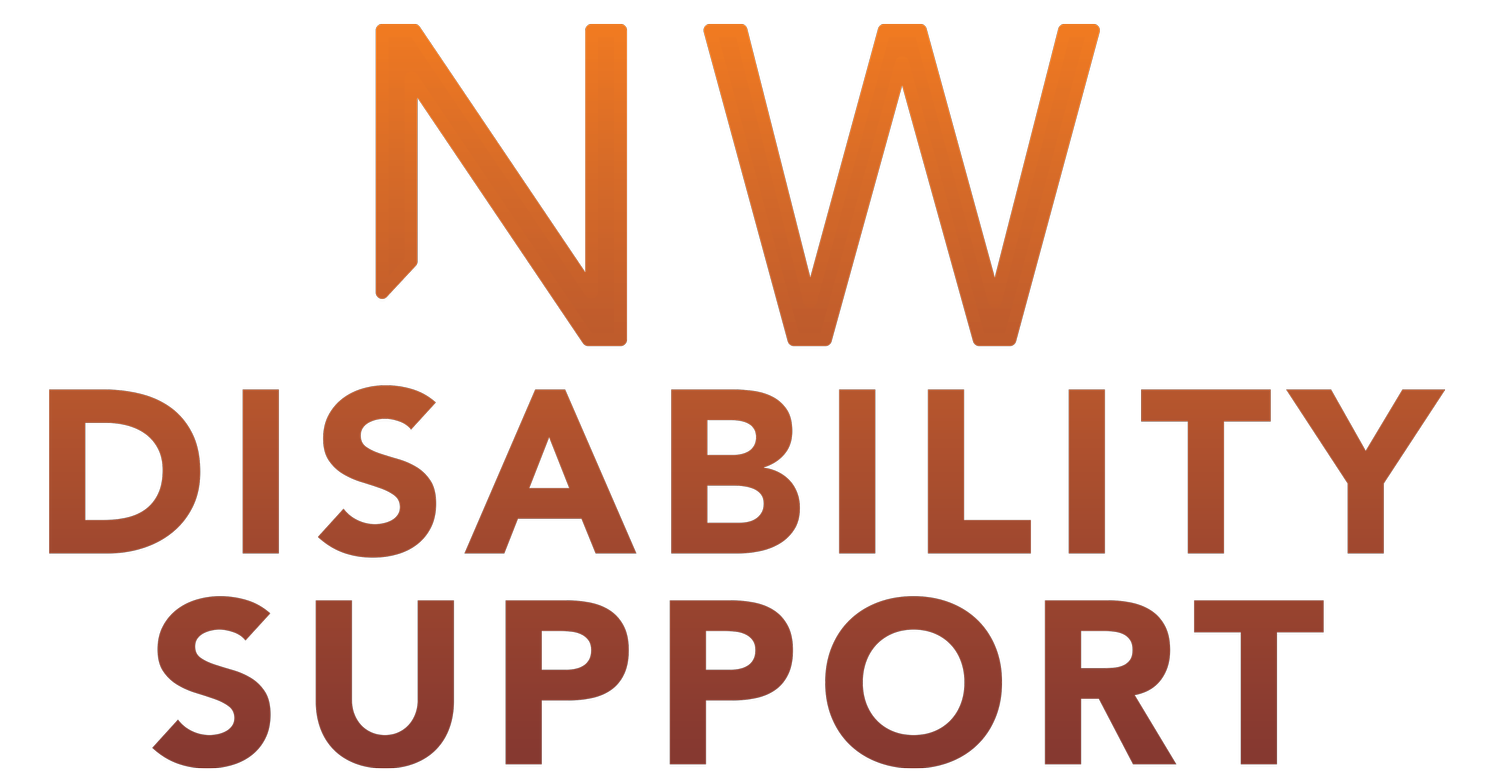Vision Zero: Caregiver Slideshows with Links
presented by Calyn Hauck, Safety & Vision Zero Coordinator



Vision Zero’s Safe System approach
How can you help us reach Vision Zero?
There are simple actions you can take to help us realize Vision Zero:
Drive at or below the speed limit
Share Vision Zero materials with your network and community
Sign up for email updates
Pick up a free Vision Zero yard sign
In the past, much traffic safety work focused on the individual behavior of road users. In contrast, Vision Zero’s Safe System approach considers how the people who design, build, and manage the transportation network can prioritize the lives and health of people using the system.
Safe System principles
In the past, a lot of traffic safety work focused on the individual behavior of road users. In contrast, Vision Zero’s Safe System approach considers how the people who design, build, and manage the transportation network can prioritize the lives and health of people using the system.
Six principles underpin this approach:
Death and serious injuries are unacceptable – we must reject the notion that traffic violence is the inevitable price of mobility.
People make mistakes – we should account for this when we design our transportation system.
Human bodies are fragile – our soft tissue and bones are not able to withstand crash forces.
Responsibility is shared – among those who design, build, and manage streets and vehicles, those who use streets and vehicles, and those who provide post-crash care.
Safety is proactive – the reason we make systemic changes is to prevent serious crashes.
Redundancy is crucial – if one layer of protection fails, another will prevent serious injury.
The Safe System approach anticipates human mistakes. The idea is to keep the risk of mistakes low, so when a mistake leads to a crash, the impact on the human body doesn't cause serious injury or death.


